Shiseido Ultimune Eye Cream Review: Worth the premium?
Why does this Japanese powerhouse brand include artificial sweeteners in its eye cream formula?
I wish all uber-expensive beauty products came in travel-friendly, wallet-friendly, everything-friendly sample sizes. Free samples would be even better—but I swear, I wouldn’t mind paying for the smaller sample sizes, if it meant that I could try higher-end products without putting down $50+ on a product I’ve never tried. Anyway, I recently rediscovered a free sample that I received from a Macy’s beauty counter some time ago—so today, I have the unusual opportunity to review a product that’s usually out of my price range: Shiseido Ultimune Power Infusing Eye Concentrate.
This product is an “eye concentrate,” which I assume is their version of an eye serum. A serum and a concentrate are pretty similar, no? Shiseido is a Japanese beauty brand that was founded in 1872 in Ginza (a neighborhood of Tokyo). Ginza is like the Fifth Avenue of NYC—it includes outposts for Tiffany’s, Louis Vuitton, and Breitling, and other premium shopping destinations. There’s also a huge, multi-story Shiseido store in Ginza. When I was there in October, the store was buzzing with people. I stopped to take a picture:

Let’s take a closer look at what’s included in the Shiseido Ultimune Eye Cream, shall we?
Shiseido Ultimune Eye Cream ingredients
One of the active ingredients in this Shiseido eye cream is ectoin, a substance that has been shown to help protect against UVA-related damage. The website also talks about yeast extract as an active ingredient in this formula—I think (but I’m not 100% sure) that they’re referring to sodium carboxymethyl beta-glucan.
I was disappointed to see denatured alcohol so high in the ingredient list again (just like Burt’s Bees Herbal Blemish Stick!). What’s that all about? I was also surprised to see sodium chloride, which, if I recall correctly from my high school chemistry days, is NaCl, or table salt. Why is salt in an eye serum? Wouldn’t it draw out moisture from the delicate eye area? I was curious to see what my dad had to say about this eye cream.
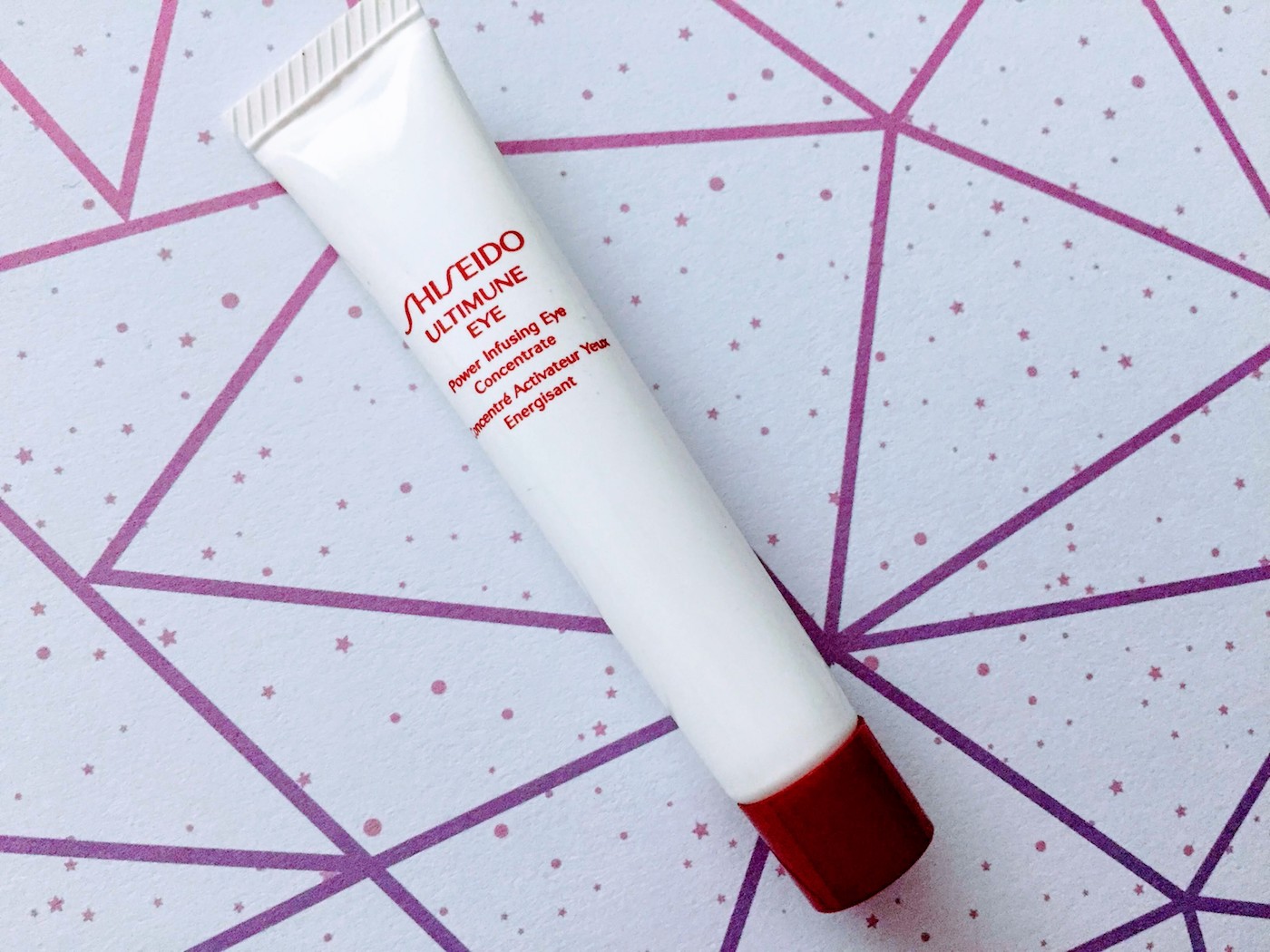
My dad the chemist’s review of Shiseido Ultimune Eye Cream
Yes, my dad put question marks both before and after his question (like he was writing in Spanish or something). I found that hilarious, so I left it in. :) It appears that he doesn’t think this eye cream is anything special—pretty much like any other moisturizer, as far as he’s concerned. He’s also pretty confused about the inclusion of certain ingredients, and also mentions that some of these ingredients might be pretty irritating, especially if they’re meant to be applied to the sensitive eye area.
I responded by:
- providing this report, which contains more info about peg/ppg-14/7 dimethyl ether
- asking him if he ever used any of the sugar alcohols in any of the shaving products or other cosmetics he formulated
- asking him which ingredients he thought were potentially irritating in this formula
Here’s how he responded:
What makes Shiseido Ultimune Eye Cream potentially irritating?
My dad points out that Shiseido Ultimune Power Infusing Eye Concentrate includes a few potentially irritating ingredients: alcohol 40-b (denatured alcohol) and sodium chloride. If they’re included at under one percent of the formula, they may not irritate the skin that much. But we have no way to tell, because we have no visibility into the concentration of each ingredient.
What makes eye cream different from any other type of moisturizer?
Hmm, maybe nothing? My dad pointed out that Shiseido Ultimune Power Infusing Eye Concentrate’s formula didn’t look very different from any other moisturizer. This pretty much aligns with my secret suspicion that eye cream is basically the same thing as face cream—just an excuse to bump up the price for less product. It’s sort of like how wedding services and goods cost more…for no apparent reason. People just get roped into paying a premium for the same exact thing, just because it’s labeled as a premium product or occasion.
Why are sugar alcohols in cosmetics (including this eye cream)?
I was surprised to see that this eye serum includes three sugar alcohols! Sorbitol, xylitol, and erythritol, are all artificial sweeteners. It turns out that they belong to a class of sugar alcohols known as polyols, which are used not only as sugar substitutes in food products, but also in cosmetics for their humectant (moisture-retaining) properties. They’re also commonly used in sugar-free gums and toothpastes. Maltitol also belongs in this family of polyols, and included in one of my all-time favorite sugar-free candies: sugar-free York Peppermint Patties (SO GOOD!).
Erythritol and xylitol are commonly used to soothe and moisturize the skin, but since they are both more expensive than sorbitol, sorbitol is more commonly used in skincare formulas as a more affordable humectant (moisturizing) ingredient.
Shiseido Ultimune Eye Cream review
I tried using this Shiseido eye cream for a night, and I don’t think I’ll be using it again (at least, not near my eye area). I might try repurposing it on my feet or some other area that’s potentially less sensitive. This eye concentrate has an opaque, almost milky appearance and a light fragrance that is actually quite pleasant (a bit more fruity than floral). The fragrance is pretty strong, but it doesn’t bother me because it’s slightly fruity, and I have a higher tolerance for fruity smells than floral ones. The texture is like a slightly creamier CeraVe Daily Moisturizing Lotion.
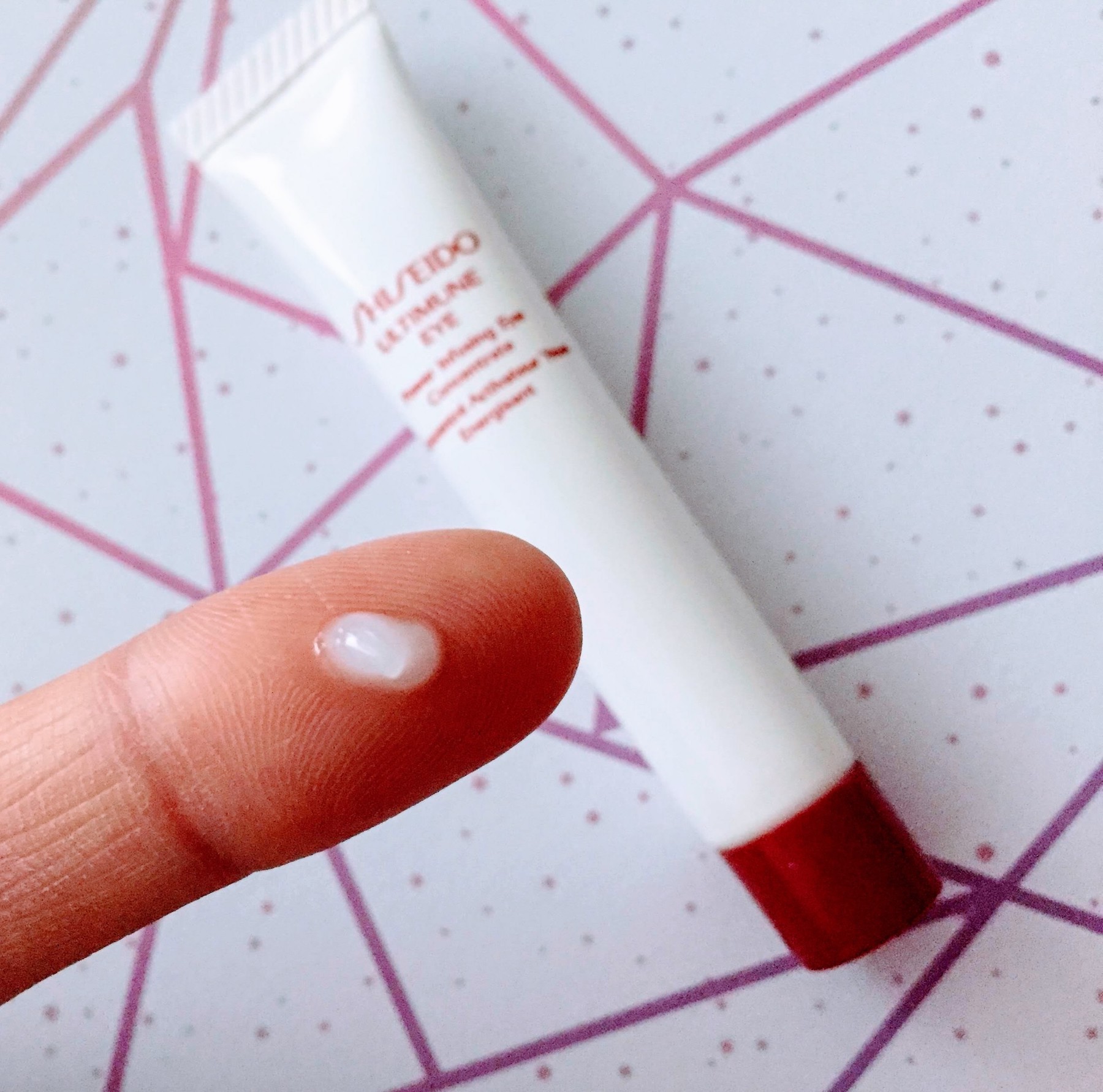
Here’s where I started running into a problem: Just a few minutes after applying a small dab to the under-eye and temple (crow’s feet?) area, I started feeling some burning/causing minor irritation to my skin. I don’t think I’d enjoy using this every night—in fact, I was almost afraid that it would do more harm than good. I think that the combination of denatured alcohol and salt (sodium chloride) is just a little too strong for my sensitive skin. Plus, I tend to sweat at night, so I have to be extra careful about what I apply around the eye area.
I don’t intend to dissuade you from using it if you got a free sample from somewhere, since you may have a better experience than I did. It does contain some nice ingredients like thyme and shiso extract, as well as ginkgo and yeast extract. I don’t think it would be worth shelling out money for the whole bottle though, unless you were able to get a refund at some place like Sephora.
If, like me, you have a pretty sensitive under-eye area that really can’t tolerate ingredients like denatured alcohol, salt, and fragrance, I recommend something like COSRX Snail Mucin Essence 96 instead (read the reviews here). The snail mucin packaging actually says to apply it to your under-eye area like you’re lightly tapping the keys of a piano. How poetic, eh?
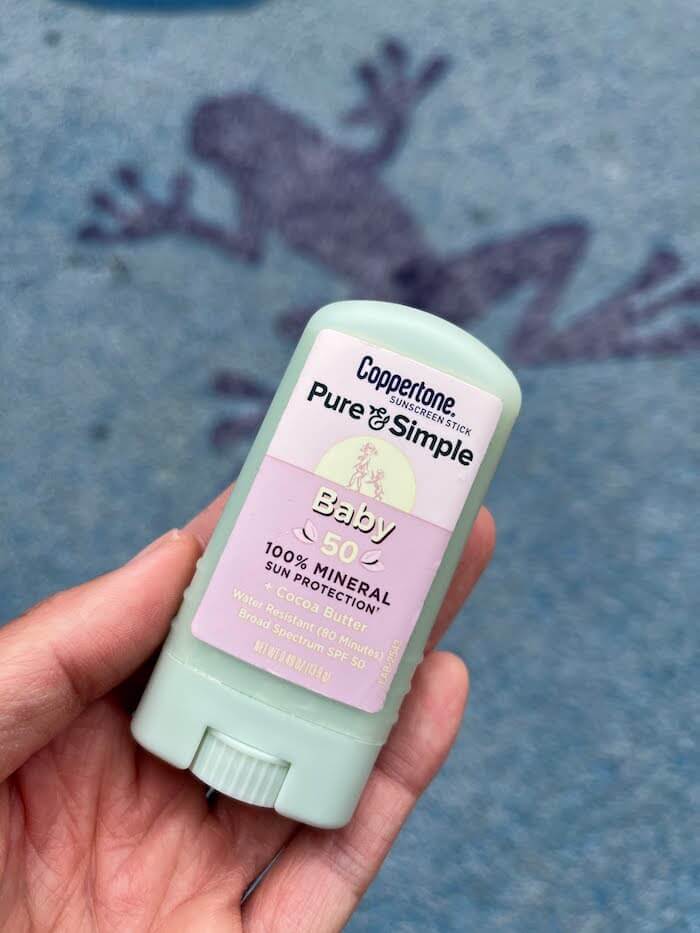
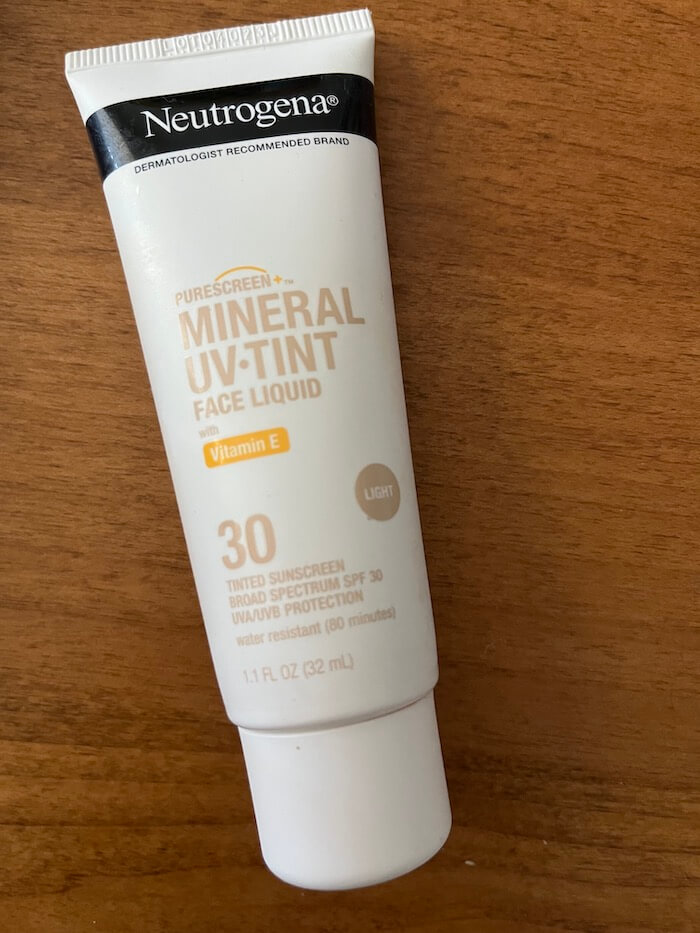
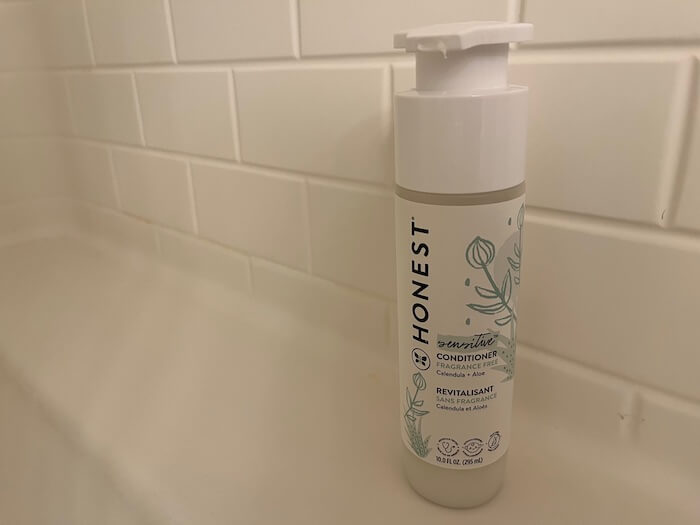

Share this post
RSS
Facebook
Reddit
Email